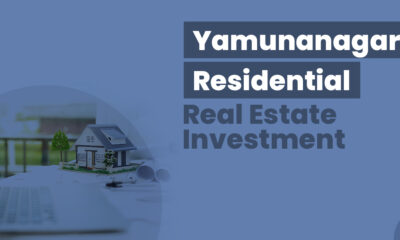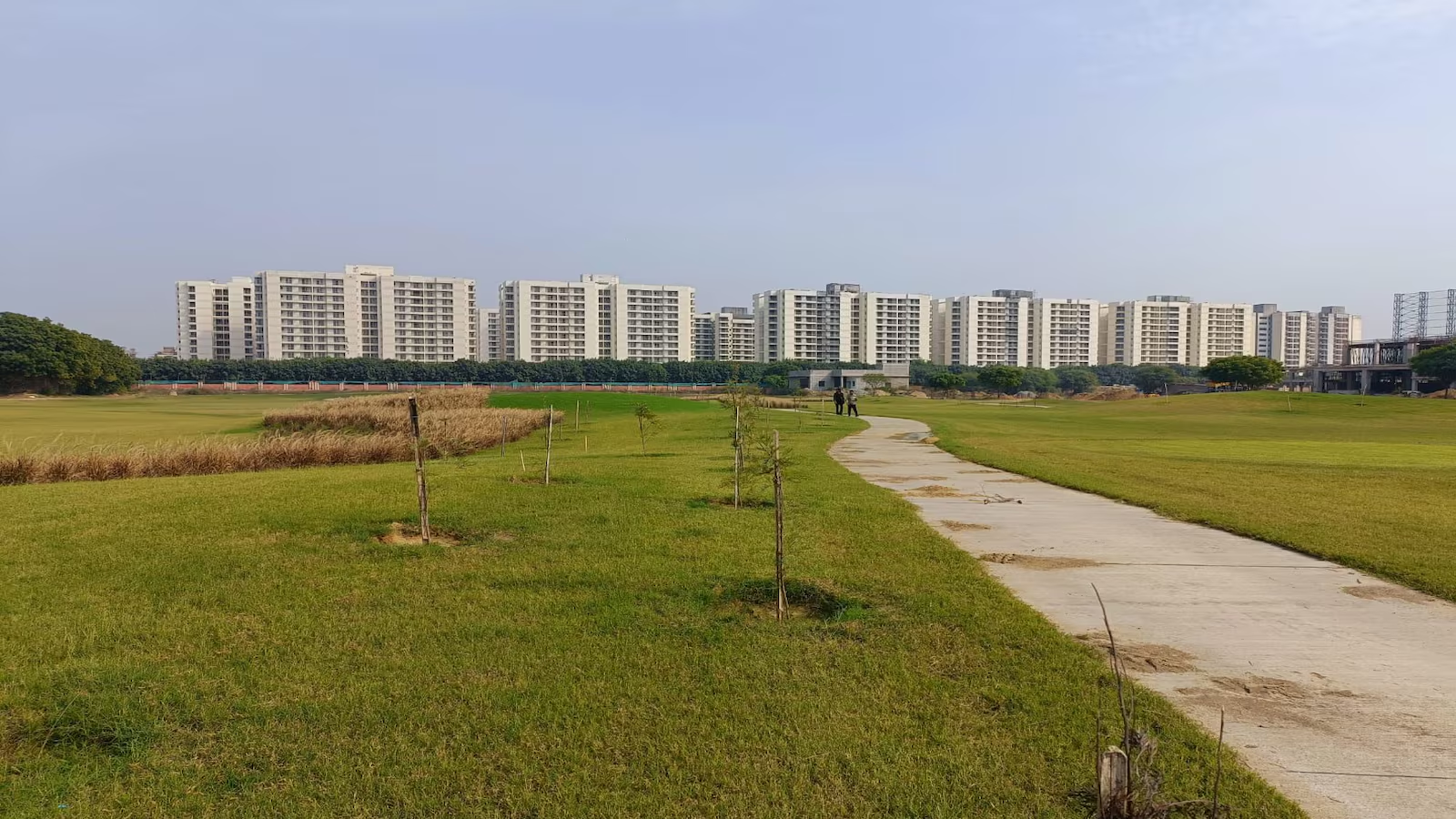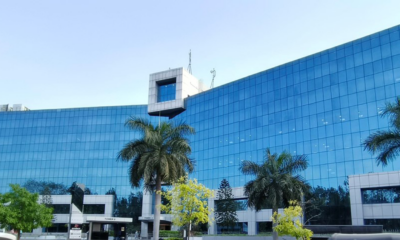Report
Real estate fast forwards on accelerated growth drivers


The following is report by Arvind Jain, Managing Director – Pride Group
The Indian real estate has always been in a state of flux guided by changing economic environment and the ever-changing real estate laws. This evolving environment has at all times demanded that both developers and buyers embrace the changes. With all-round industrial growth, the job market has expanded exponentially and created increased purchasing power.
In fact, there have been several factors driving positive change in the Indian real estate market:
A consistent and sustaining GDP growth rate – With more money to spend, buyers can now look towards luxury living as opposed to mere living quarters.
The expanding services sector and specifically the growth of IT/ITeS sector have brought about a new breed of home buyers. The IT/ITeS sector has also accounted for more than 80% of office space occupancy in India. With an increasing number of sector-related multinationals putting their money in India, everything is changing to accommodate IT/ITeS-specific requirements, both in terms of commercial and residential spaces.
Positive economic growth has also led to rise in the disposable income among young executives and this subsequently leads to growing aspirations in real estate. The rising consumerism too has proved its positive impact upon retailing and other entertainment avenues.
The government policies today are more proactive than ever before, and they eminently support the home purchase rationale. Fiscal incentives like falling interest rates now make investment in residential properties even more attractive.
The increasing footprint of organized retail in Tier I and Tier II cities has led to new locations emerging on their real estate landscapes. New Age retailers now have an option to move/expand their business to lesser-known locations. Organized retail presence has a direct impact on residential demand in these cities.
On the back of a growing economy, the growth of the country’s affluent class has been a strong driver for luxury housing demand.
Another important factor positively influencing housing demand in India has been the rapid increase in double income families. Nuclear families with both spouses working have led the average age of a home buyer in India by almost 10 years. This effectively means that single-income families who would have bought self-owned homes ten years from now can do so today with a second income stream. Likewise, families who purchased their primary homes ten years ago are today financially capable of investing in second homes today.
Urbanisation in India has assumed a pace of 2.5 per cent per annum – and for the next two decades, more and more people will be seeking to settle in urban locations. This also gives to rise in the demand for housing.
Finally, the increased liquidity in the real estate sector through private equity and international real estate funds will continue to open up growth opportunities. The fact that such funding seeks only reputed and well-established developers will increasingly contribute to the quality levels, transparency and delivery timelines that govern the Indian real estate sector.
All these factors are radically transforming the Indian real estate market, and will continue to do so over the next few decades. In fact, the scenario today has very little in common with what we witnessed as little as 10 years ago.
-



 News3 weeks ago
News3 weeks agoKW Delhi 6 Mall Onboards New Brands
-



 News4 weeks ago
News4 weeks agoManasum Senior Living Launches IKIGAI GOA, A Senior Living Community in North Goa, in collaboration with Prescon Homes
-



 News2 weeks ago
News2 weeks agoGodrej Properties Sells Rs 3k cr+ Homes of Godrej Zenith, Gurugram, within 3 days
-



 News4 weeks ago
News4 weeks agoBridging India Divide: Top 5 Tier- 2 Cities to Focus On
-



 News3 weeks ago
News3 weeks agoCommercial Realty Gets Tech Savvy: Fast Construction, Enhanced Convenience
-



 News4 weeks ago
News4 weeks agoMultipoint Connection – A Definite Boon
-



 News3 weeks ago
News3 weeks agoRBI’s Status Quo on Key Policy Rates to Help Maintain the Real Estate Growth Momentum, Say Industry Stalwarts
-



 News1 week ago
News1 week agoOlive Announces Dhruv Kalro as Co-Founder

















